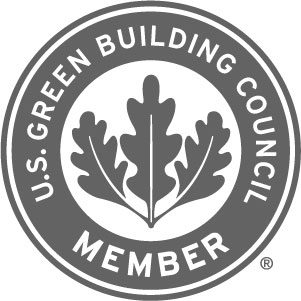Construction and Demolition (C&D) materials are not all equal. There is a wide variety of materials that have been used in construction in the Bay Area. Some of the materials are able to be recycled after they are demolished, but many however cannot be recycled. Over the past 10 years Bee Green Recycling & Supply, LLC has developed outlets and processes for many of the recyclable materials encountered in C&D Debris. In the past, we took the “good” recyclable materials with the “bad” non-recyclable materials. We always classified the one on the same level as the other, as C&D (Construction & Demolition) Debris. Because that’s what it has always been.

However, over the years, there has been a great push to recycle more and more of the materials that are received into our facility. We make great effort to recycle or divert as much material from area landfills as we can. Not only is it better resource management and product stewardship, but it is usually better economically for us a company. Last year we became certified by the Recycling Certification Institute.
Because our C&D line is Certified by this independent 3rd party, our customer’s LEED projects are eligible for an additional 1 point in the LEED calculations. Click here for more information about the LEED credit.
For this reason, we are no longer going to classify as Mixed C&D, the incoming materials that are predominantly unrecoverable materials (basically construction garbage). For example, the amount of insulation, painted sheetrock, and carpet loads we received last year significantly reduced our facility’s certified recycling rates, yet these materials do not have commercially viable outlets for recycling or diversion. From now on, we are going to classify those types of incoming loads as C&D Debris (not for processing), and that material will NOT be eligible for recycling or diversion credit.
We feel that making the distinction between those types of materials, the ones that can be recycled, and the ones that cannot, will better reflect what we do as an operation with the actual recoverable materials. We think that our relatively low recycle rates (without ADC) are impacted the most by the problem material loads. Other facilities in our area do the same thing for the very same reasons, so this is not out of industry norm for us to now be making the distinction.
If garbage in = garbage out, we are not going to call it recycled at whatever our facility recycle rate is. It is going to be called garbage, and no recycling credit will be allocated to it. At this point in time, we are not changing our rates for the material, only how we classify it as it comes in.

